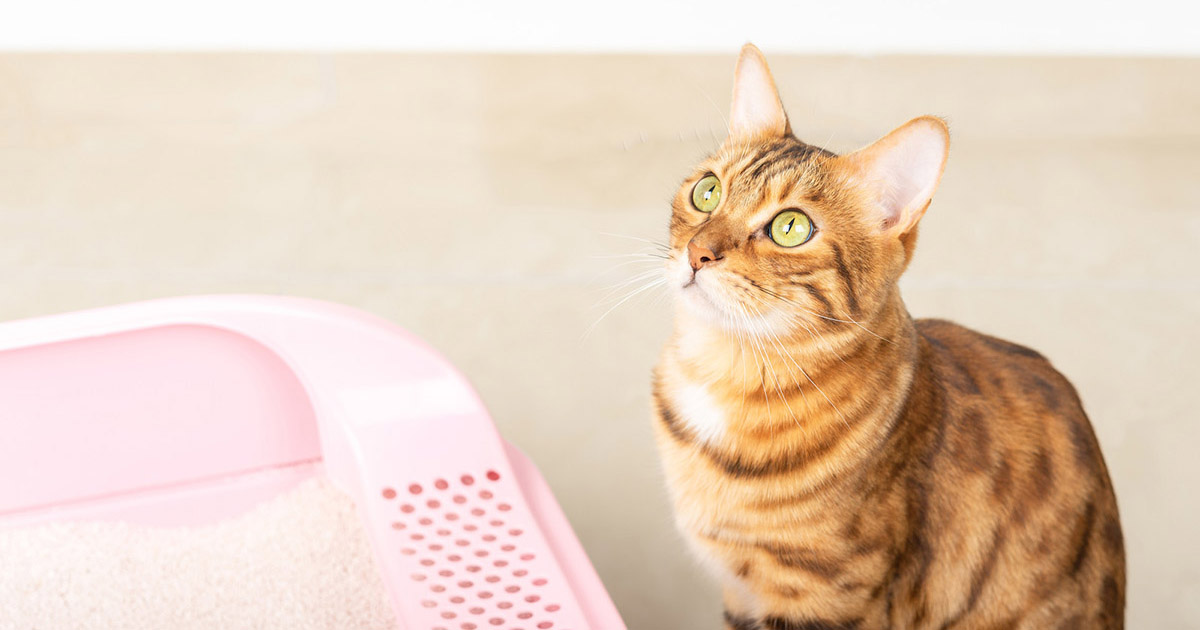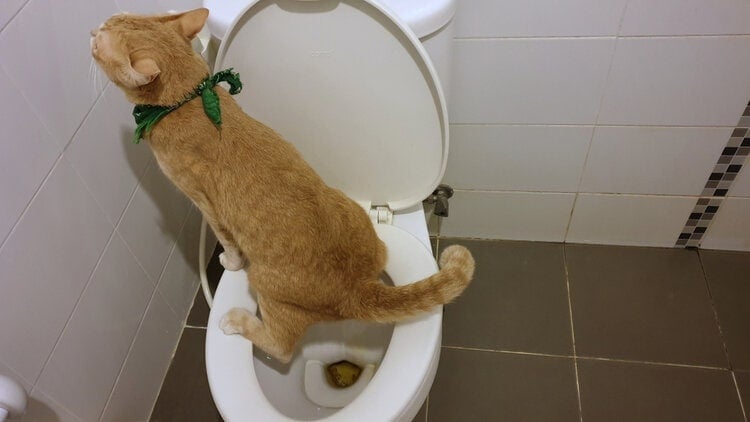Highly-Rated Motives to Avoid Flushing Animal Waste Down the Toilet
Highly-Rated Motives to Avoid Flushing Animal Waste Down the Toilet
Blog Article
Are you currently looking for tips involving Don't Flush Your Pets Poo Down The Loo, Vet Warns?

When it involves taking care of waste, especially animal waste, many individuals commonly resort to the convenient choice of flushing it down the bathroom. Nevertheless, this relatively easy solution can have serious repercussions for the environment and public health. In this write-up, we'll discover why flushing pet waste down the toilet is a poor concept and offer different techniques for proper disposal.
Intro
Correct waste disposal is important for keeping ecological sustainability and public health. While it may appear harmless to purge animal waste down the bathroom, it can cause various issues, both for the environment and human well-being.
Risks of flushing pet waste
Ecological impact
Flushing pet waste introduces damaging microorganisms and virus into waterways, which can adversely influence water ecological communities. These microorganisms can contaminate water sources and harm aquatic life, interrupting fragile communities.
Public health problems
Pet waste consists of unsafe microorganisms such as E. coli and Salmonella, which can pose severe health and wellness threats to human beings. Purging animal waste down the toilet can contaminate water materials, bring about the spread of conditions and infections.
Alternatives to flushing
Instead of flushing pet waste down the toilet, there are several different disposal methods that are more environmentally friendly and hygienic.
Composting
Composting animal waste is an eco-friendly way to deal with it. By composting, organic matter is broken down into nutrient-rich dirt, which can be made use of to fertilize yards and plants.
Land fill disposal
Throwing away animal waste in a garbage dump is another option. While not as environmentally friendly as composting, it is a much safer option to flushing, as it prevents the contamination of water sources.
Family pet garbage disposal systems
There are customized family pet waste disposal systems offered that securely and hygienically take care of pet waste. These systems typically use enzymes to break down waste and get rid of odors.
Actions to proper pet garbage disposal
To ensure correct disposal of pet waste, adhere to these actions:
Scooping and landing waste
Frequently scoop and bag animal waste using eco-friendly bags. This stops waste from contaminating the atmosphere.
Making use of assigned waste bins
Dispose of bagged animal waste in marked waste containers, such as compost bins or landfill containers. Prevent flushing it down the commode in any way prices.
Cleaning up can and pet dog areas regularly
Frequently tidy litter boxes and pet dog locations to avoid the build-up of waste and germs. Use pet-safe cleaning items to keep health.
Advantages of proper disposal approaches
Embracing appropriate disposal methods for pet waste supplies numerous advantages:
Lowered environmental pollution
Proper disposal methods lower the danger of environmental pollution, safeguarding rivers and ecological communities from contamination
Minimized threat of water contamination.
By staying clear of flushing pet waste down the toilet, the threat of water contamination is substantially reduced, protecting public health.
Enhanced sanitation and hygiene
Proper disposal approaches advertise much better hygiene and health, creating a more secure setting for both people and pets.
Final thought
To conclude, flushing pet waste down the commode is harmful to the environment and public health. By embracing alternative disposal methods and following appropriate waste administration techniques, we can minimize the negative effect of pet waste and add to a cleaner, healthier planet.
What To Do With Dog Poo – The Do's And Don'ts Of Disposing Of Faeces
Dog poo bins
Some councils provide dedicated dog waste bins in popular dog-walking areas that can take dog poo that has been bagged but you can legally dispose of dog waste in any public litter bin, as long as it is securely bagged. This also applies to your wheelie bin at home.
Do not flush
Water companies do not recommend flushing dog faeces down the toilet because certain parasites can survive the water processing treatment and are potentially harmful to humans. You should also never consider flushing dog poo that has been bagged down the toilet as the bags will not break down and instead create severe blockages in the sewage system.
In the woods
The Forestry Commission promotes a ‘stick and flick’ method for dealing with waste in the woods. This means finding a stick and using it to flick any poo from off the path so that it is out of the way of other walkers. You could also bury it as long as it is not in an area where there might be livestock.
Livestock
Parasites found in dog poo can be transmitted to livestock if they inadvertently eat infected faeces that has been left on grazing land. This could result in the death of sheep or abortion in cattle so you should always make sure you pick up your dog’s waste in fields where livestock could be present.

Frequently tidy litter boxes and pet dog locations to avoid the build-up of waste and germs. Use pet-safe cleaning items to keep health.
Advantages of proper disposal approaches
Embracing appropriate disposal methods for pet waste supplies numerous advantages:
Lowered environmental pollution
Proper disposal methods lower the danger of environmental pollution, safeguarding rivers and ecological communities from contamination
Minimized threat of water contamination.
By staying clear of flushing pet waste down the toilet, the threat of water contamination is substantially reduced, protecting public health.
Enhanced sanitation and hygiene
Proper disposal approaches advertise much better hygiene and health, creating a more secure setting for both people and pets.
Final thought
To conclude, flushing pet waste down the commode is harmful to the environment and public health. By embracing alternative disposal methods and following appropriate waste administration techniques, we can minimize the negative effect of pet waste and add to a cleaner, healthier planet.
What To Do With Dog Poo – The Do's And Don'ts Of Disposing Of Faeces
Dog poo bins
Some councils provide dedicated dog waste bins in popular dog-walking areas that can take dog poo that has been bagged but you can legally dispose of dog waste in any public litter bin, as long as it is securely bagged. This also applies to your wheelie bin at home.
Do not flush
Water companies do not recommend flushing dog faeces down the toilet because certain parasites can survive the water processing treatment and are potentially harmful to humans. You should also never consider flushing dog poo that has been bagged down the toilet as the bags will not break down and instead create severe blockages in the sewage system.
In the woods
The Forestry Commission promotes a ‘stick and flick’ method for dealing with waste in the woods. This means finding a stick and using it to flick any poo from off the path so that it is out of the way of other walkers. You could also bury it as long as it is not in an area where there might be livestock.
Livestock
Parasites found in dog poo can be transmitted to livestock if they inadvertently eat infected faeces that has been left on grazing land. This could result in the death of sheep or abortion in cattle so you should always make sure you pick up your dog’s waste in fields where livestock could be present.

Do you like reading up on Should you flush animal waste down the toilet? Make feedback directly below. We will be pleased to see your insights about this blog posting. Hoping that you come back again in the near future. Be sure to take the opportunity to share this article if you liked it. I truly appreciate reading our article about Don't Flush Your Pets Poo Down The Loo, Vet Warns.
Set An Appointment Report this page